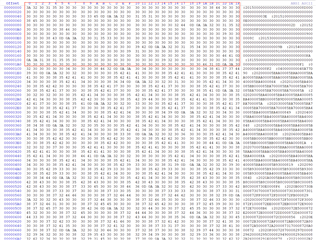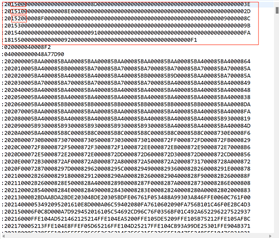Other Parts Discussed in Thread: UNIFLASH
Hi Team,
Here's an issue from the customer may need your help:
I am currently implementing the Ethernet-based firmware upgrade function. I converted the project's .out file to txt format through hexC2000.exe.
When programming the Flash sector, I found that the ANSI encoding format was programmed, but the ASCII encoding format was actually programmed through the programmer, so when I finished programming, I entered an illegal interrupt when running.
I would like to ask if I need to convert the object file to ASCII encoding for programming, but I did not perform format conversion in TI's routine based on SCI serial port firmware upgrade.
So I have this question, why the data format after programming in txt format is inconsistent with the data format programmed by the programmer.
--
Thanks & Regards





